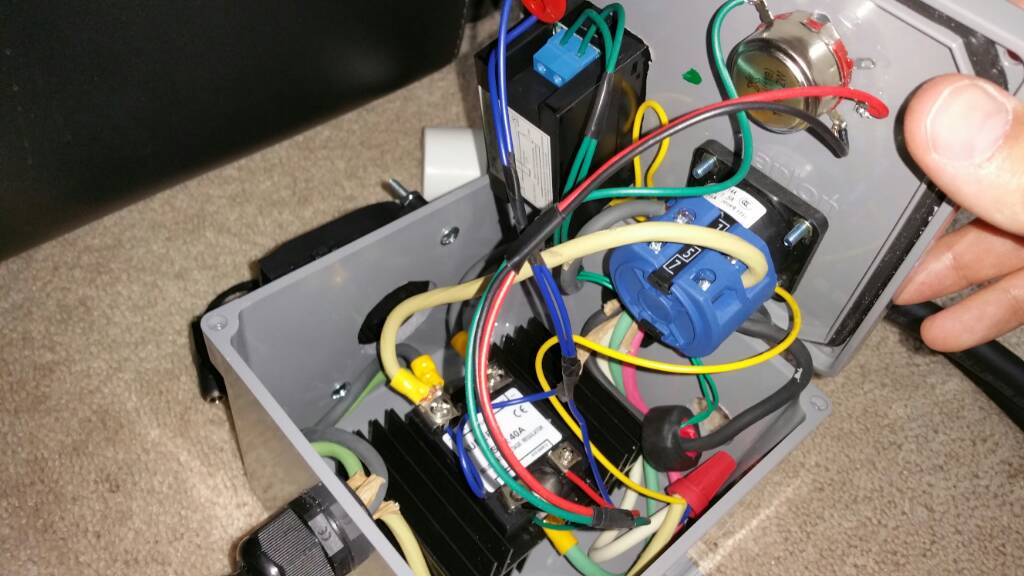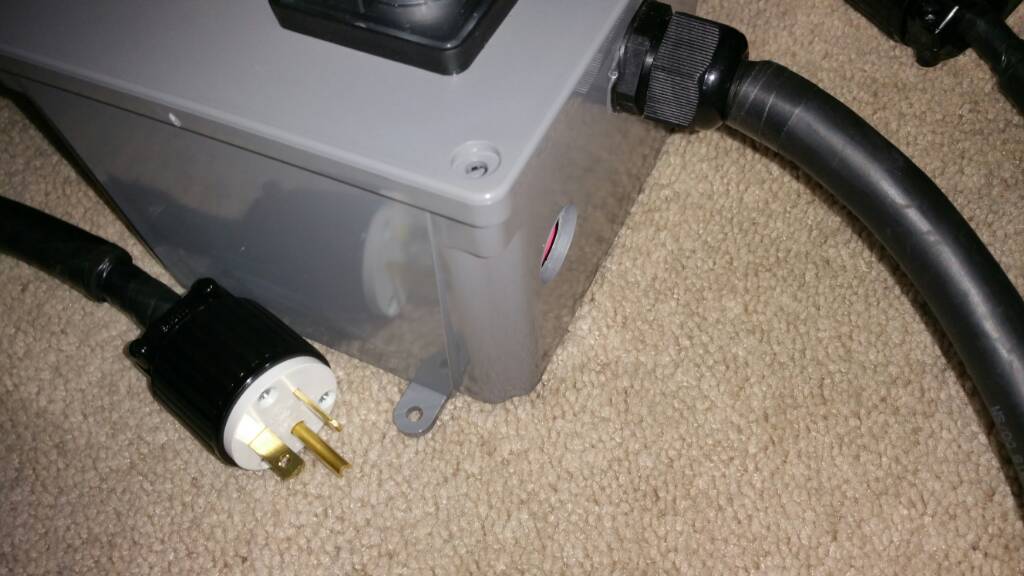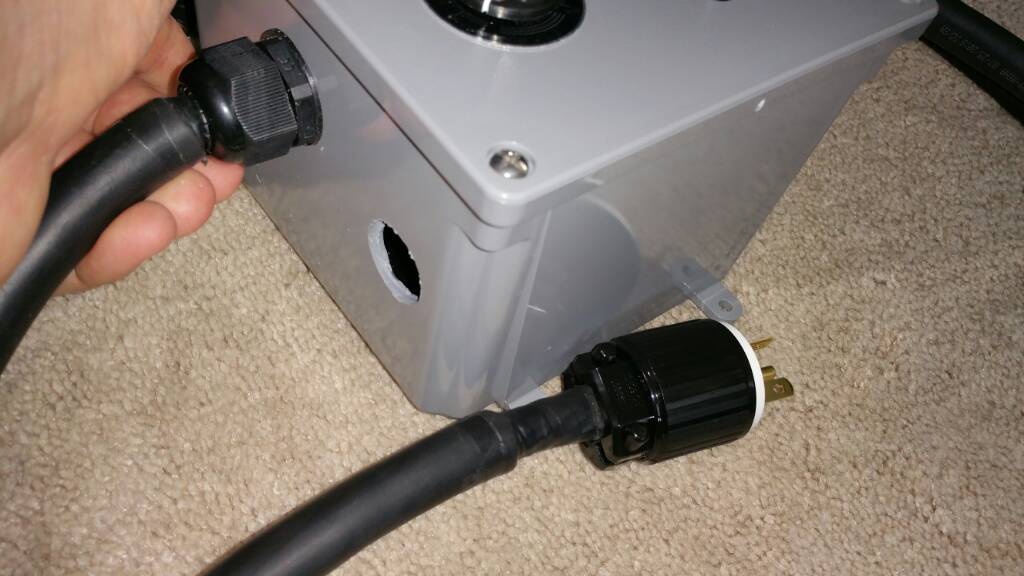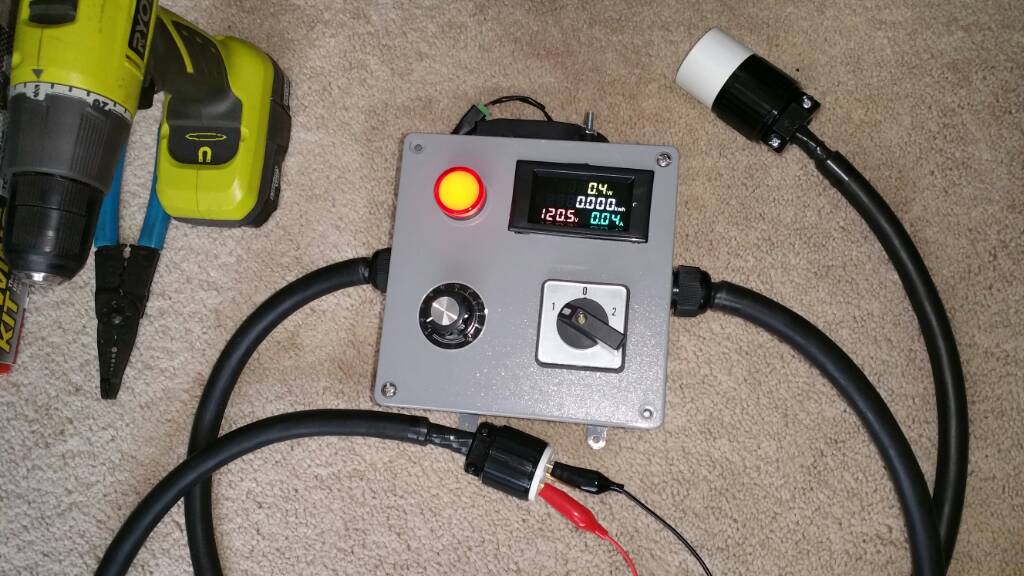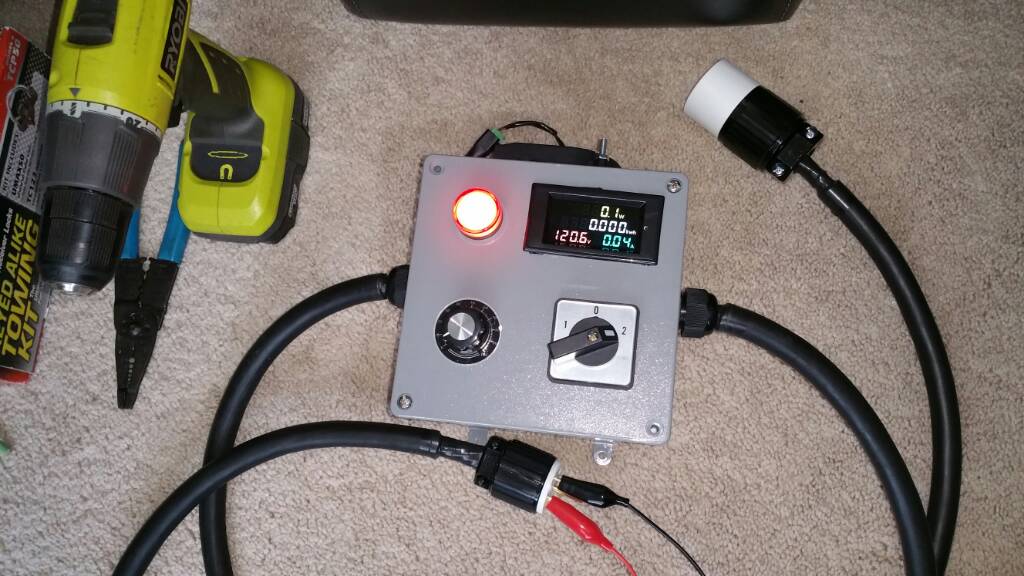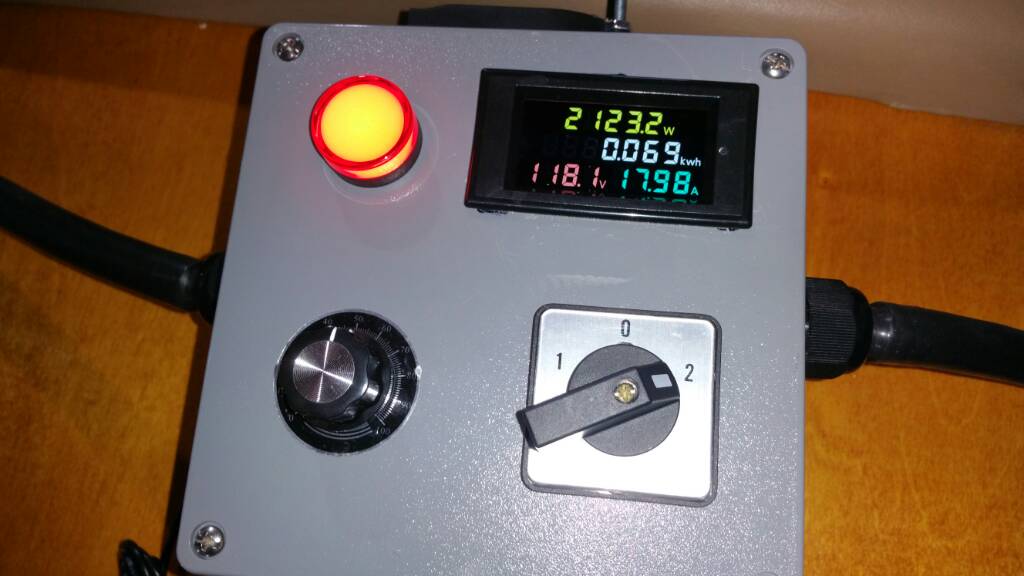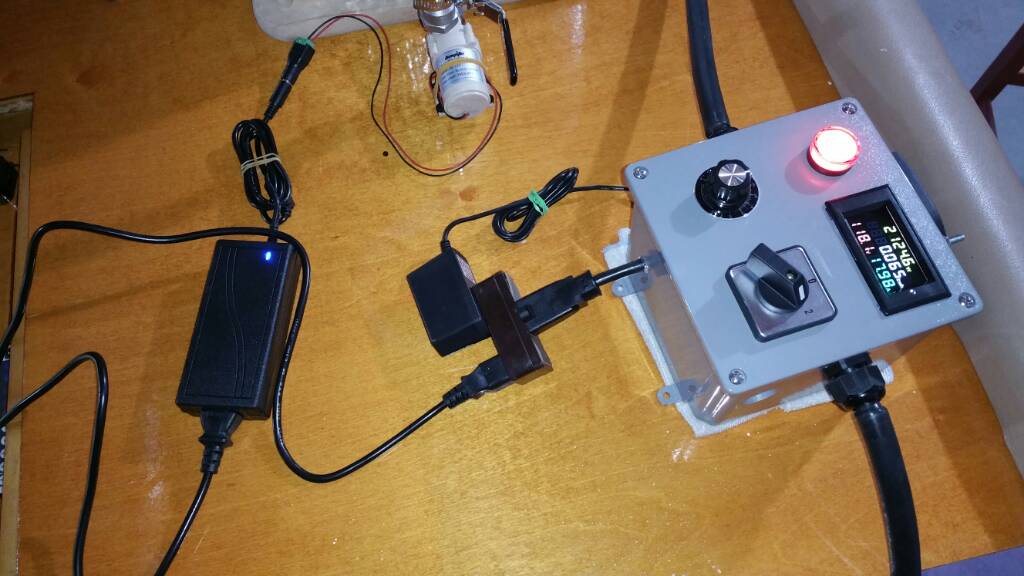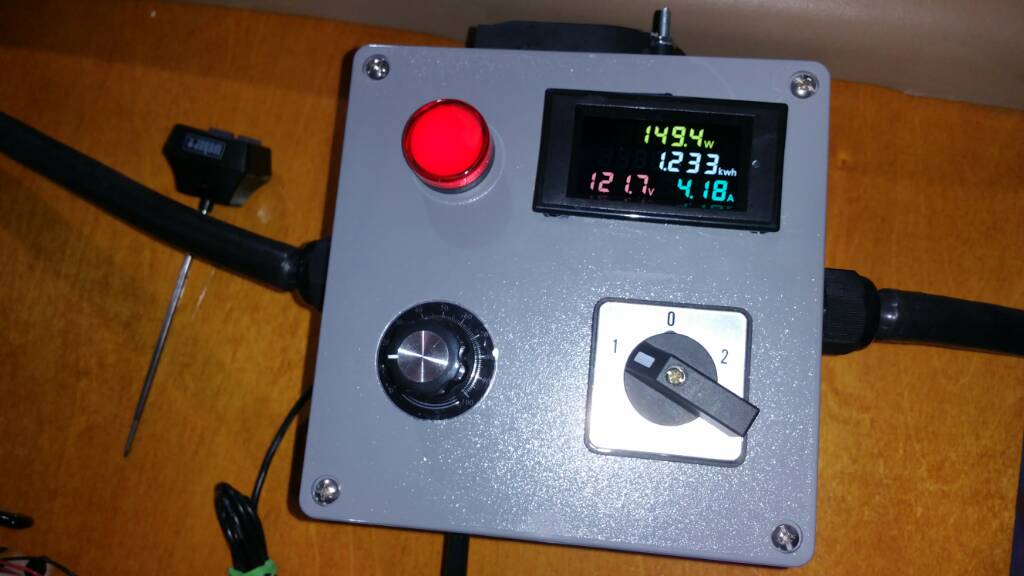Soulshine2
Well-Known Member
what am I basing this on???? Dude ,you need to talk to an electrician. Yes heavier wire is more expensive and yes can be hard to work with . But think about safety and codes . I realize the local codes dont mention brewing systems but there is a "common sense approach" to building an electrical system. Basing your build on cost and ease vs the right way and safety is not a good choice . Theres a reason there isn't 14/3 running the 220 to your house service panel. If it was about easy and cheap there would be. Same with why aluminum wire was outlawed years ago. Its a thing called house fires.What are you basing this on? You are suggesting that the NEC ampacities are not safe enough. You can certainly do what you suggest, without any safety concerns, but according to best available guidance, it is totally unnecessary. Heavier wire is more costly, and harder to work with.
Brew on
How about GFCI's - I mean theyre expensive and do we really need them just because we're near water??? Theres a reason they were invented. The warning labels on nearly everything are put there because somebody died from doing something stupid.
Go sit through an OSHA 10 course sometime, it will open your eyes.
Last edited:































![Craft A Brew - Safale BE-256 Yeast - Fermentis - Belgian Ale Dry Yeast - For Belgian & Strong Ales - Ingredients for Home Brewing - Beer Making Supplies - [3 Pack]](https://m.media-amazon.com/images/I/51bcKEwQmWL._SL500_.jpg)


























